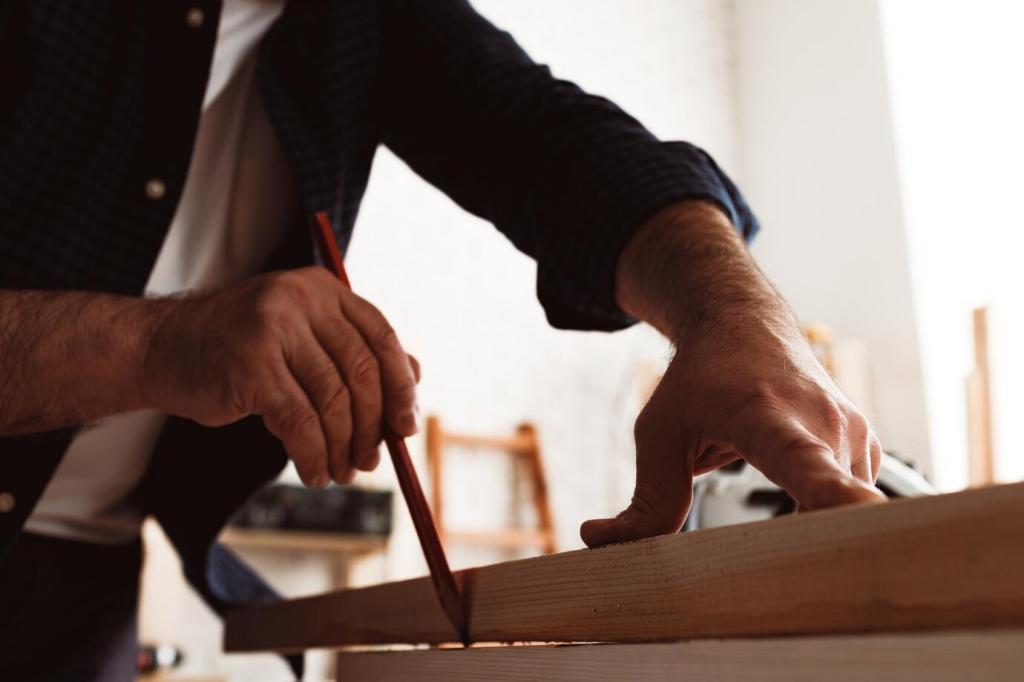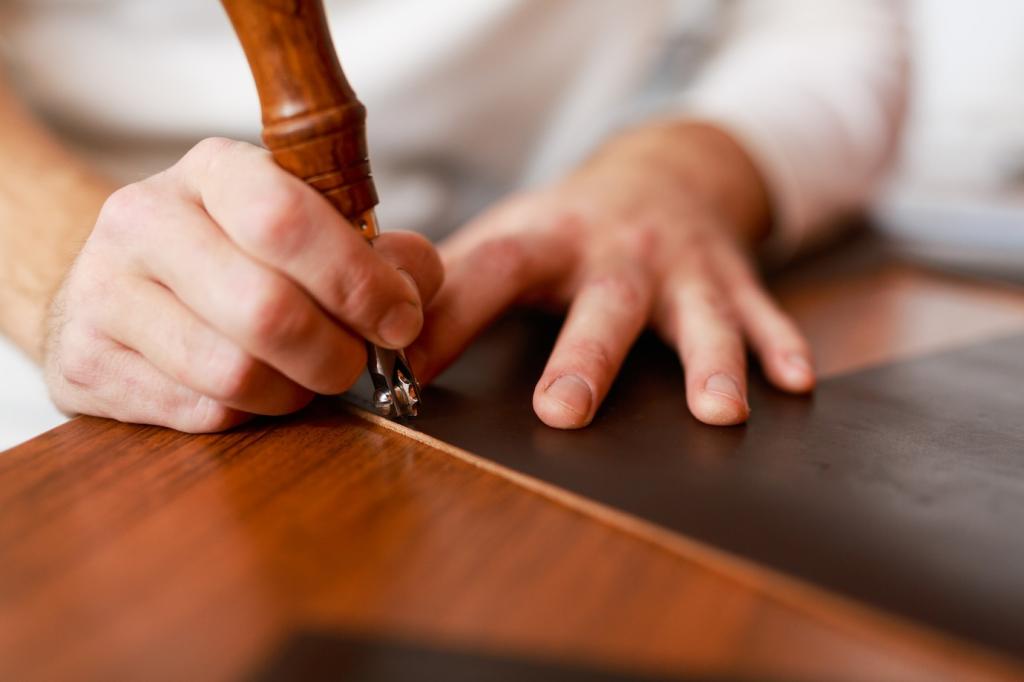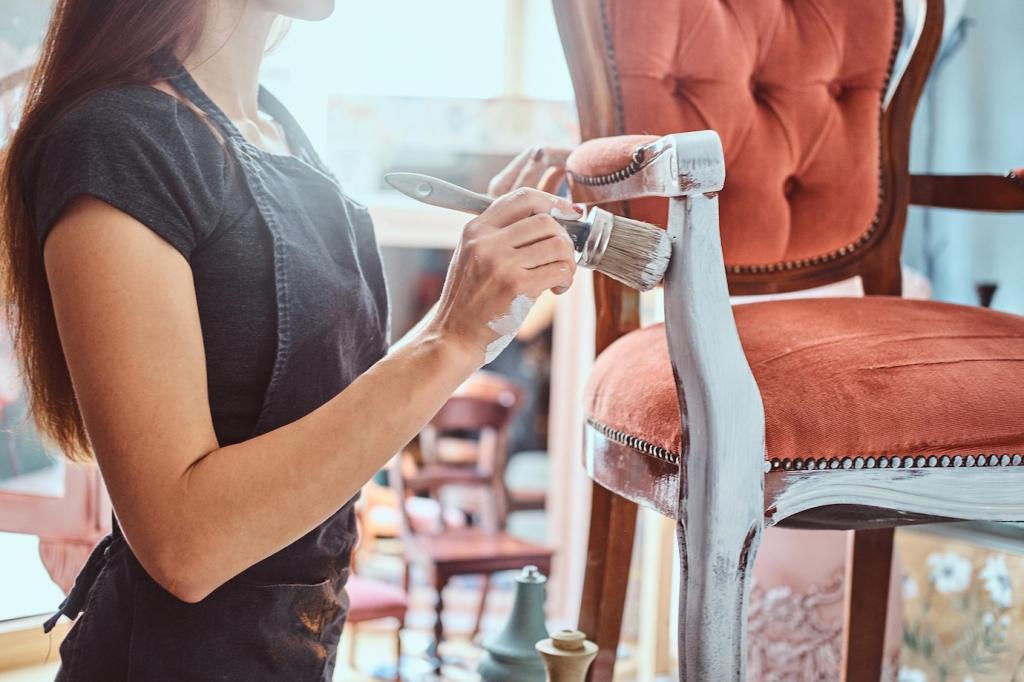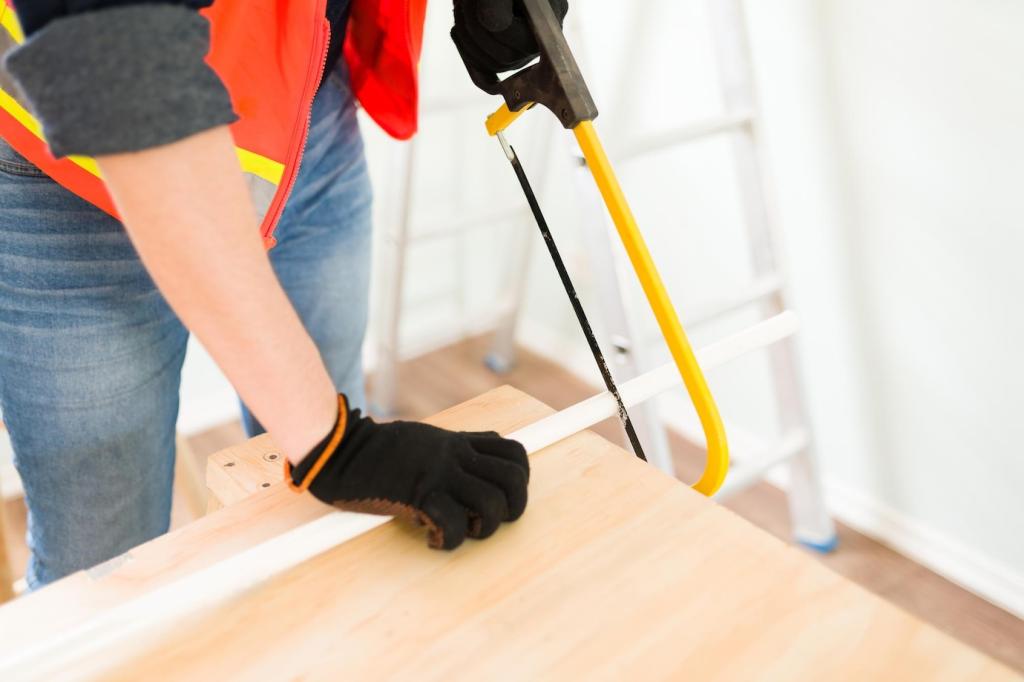Cleaning Techniques for Old Furniture: Gentle, Proven Methods
Chosen theme: Cleaning Techniques for Old Furniture. Rediscover the quiet glow of timeworn wood with respectful, do-no-harm methods, relatable stories, and practical steps that protect patina. If this theme resonates with your home’s history, subscribe and share your questions—we’ll explore answers together.

Know Your Finish Before You Clean
Spot the finish: shellac, lacquer, varnish, or oil?
Old furniture often wears a finish that dictates safe cleaning. In a hidden spot, gently test: a touch of alcohol softens shellac, lacquer thinner affects lacquer, and varnish typically resists both. Oiled surfaces feel thirsty and matte. Record your observations, proceed patiently, and always choose the least aggressive method to keep the original surface intact.
The 60-second spot test that protects patina
Moisten a cotton swab with your chosen cleaner, lightly touch an inconspicuous area, and watch closely for color transfer or surface softening. Immediately neutralize with distilled water, blot dry, and wait a minute to assess changes. If nothing moves, your method is likely safe. When in doubt, scale back and try an even milder approach.
Personal story: Grandma’s dresser and the lesson of restraint
I once rushed at my grandmother’s maple dresser with a heavy cleaner, eager for shine. The finish turned dull in seconds. After a panicked pause, I shifted to a mild soap solution and featherlight strokes. The soft sheen returned, along with a family conversation about patience. Now I always start gentler than I think necessary.
Brush-and-vacuum technique for carved details
Use a soft natural-bristle brush in one hand and a HEPA vacuum with a micro-attachment in the other. Gently sweep dust out of carvings toward the nozzle, never pressing particles deeper. This coordinated dance lifts grit without grinding it into the finish, protecting delicate edges and revealing the crisp lines that time nearly hid.
Microfiber choreography for flat planes
Lightly mist a clean microfiber cloth with distilled water—not wet, just barely humid—then glide with the grain. Fold the cloth often to trap dust in fresh faces. Avoid circular scrubbing that can swirl micro-scratches across the surface. You’ll see immediate clarity, especially on table tops and cabinet doors that collect daily airborne debris.
Soot sponges for fireplace grime
If your piece lived near a fireplace, use a dry soot sponge, pressing gently and lifting straight up to pull residue. Do not rub; rubbing smears carbon deeper. Replace the sponge face frequently to avoid re-depositing grime. This surprising tool can reclaim crisp tone from what looked like permanent darkness, often without any liquid at all.
Combine a few drops of pH-neutral soap with a cup of distilled water, stirring until the solution looks barely milky. Dip a soft cloth, wring thoroughly, and test in a hidden area first. This mild blend loosens grime without stripping finish or color, making it a safe default for old varnish and wary shellac.
Safe Wet Cleaning: Mild, Measured, and Mindful
Grease requires patience, not force. Lay a lightly damp cloth over sticky spots for a minute, letting the solution soften residues. Then wipe with the grain using minimal pressure. Repeat gentle passes rather than scrubbing. If color transfers to the cloth, stop immediately and step down to an even milder approach or seek specialist guidance.
Safe Wet Cleaning: Mild, Measured, and Mindful
Troublesome Spots: Rings, Odors, and Mildew
White rings and heat marks: gentle remedies worth trying
White rings usually mean moisture trapped in the finish, not the wood. Try a barely warm iron over a cotton cloth for a few seconds, checking constantly. Alternatively, a dab of non-gel toothpaste mixed with baking soda can reduce haze. Keep motions small, pressure light, and expectations realistic. Comment with your outcomes to help others learn.


Chasing musty smells from drawers
Remove drawers and air them in indirect sunlight, then place odor absorbers like activated charcoal or baking soda inside for several days. Wipe interior surfaces with a lightly damp cloth of distilled water and a drop of vinegar, then dry thoroughly. Avoid perfumed sprays that mask rather than solve. Share your favorite low-odor strategies with our community.
Respect the Details: Veneer, Inlay, and Hardware
Caring for veneer without swelling edges
Use minimally damp cloths and avoid pooling moisture along seams. Support loose edges with painter’s tape while you clean nearby areas, then remove gently. If you see bubbling or lifting, stop and let the piece rest dry before proceeding. Veneer rewards patience; hurried wet cleaning often turns a minor issue into a bigger repair.
Inlay and gilding: clean without blur
Inlay lines and gilded accents can bleed or fade if over-wet. Opt for dry methods first, then move to lightly damp swabs with precise, directional passes. Keep a dry swab in your other hand to catch excess immediately. Report back if you’ve rescued marquetry—your tips may help someone protect a treasured table or jewelry box.
Hardware off the piece: brass, bronze, and steel
Label each screw, remove hardware, and clean it separately. For brass, start with mild soap before considering a gentle metal polish; avoid getting polish on surrounding finish. Rinse, dry completely, and wax lightly to slow tarnish. Photograph placement before disassembly and share your reassembly hacks—we all appreciate a clever organizational trick.

Protective Aftercare: Keep the Clean, Honor the Age
Choose a reputable paste wax and apply the thinnest possible coat with a soft cloth, working with the grain. Let it haze, then buff gently to a quiet sheen. Multiple ultra-thin layers outperform one heavy application. Wax is not a fix for damage; it is a protective veil. Tell us your favorite wax-and-buff routine in the comments.
